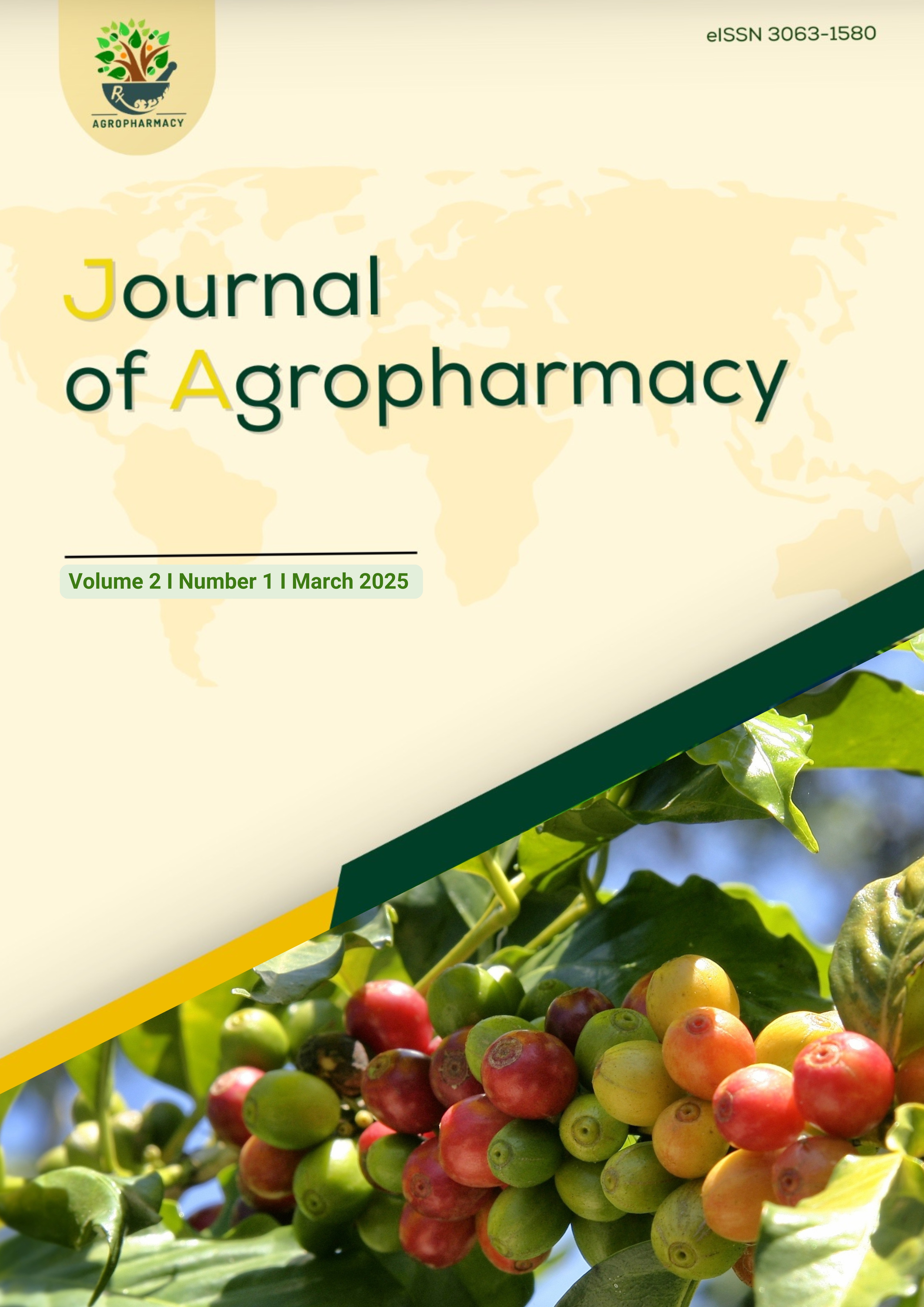Evaluasi Penggunaan Antibiotik pada Pasien ISPA non Pneumonia Rawat Jalan dengan pendekatan Drug Utilization 90%
Abstract
Acute respiratory infections (ARI) are infections most commonly caused by viruses, and antibiotics are not always necessary. However, antibiotics are still frequently used needlessly in ARI patients. Unreasonably using antibiotics can affect the likelihood of adverse medication reactions, raise medical expenses, and lead to antibiotic resistance. Regular assessments are required to prevent the overuse of antibiotics. This surveillance study uses retrospective and cross-sectional data to monitor antibiotic use. We measured the amount of antibiotic use using the DDD method in combination with DU 90%. Outpatient non-pneumonia ARI patients at the Teja Health Center in the Pamekasan Regency in 2020 served as the study's sample. The study's samples consisted of 193 adult non-pneumonia ARI patients. The kind and quantity of antibiotics used were gathered from patient medical records. The daily consumption of each antibiotic was calculated in DDD/1000 inhabitants/day, then grouped into the DU 90% segment. Six types of antibiotics were used for the therapy of non-pneumonia ARI patients: amoxicillin, erythromycin, co-trimoxazole, chloramphenicol, cefadroxil, and ciprofloxacin. The most widely used antibiotic is co-trimoxazole, valued at 4.71 DDD/1000 inhabitants per day. Two antibiotics are included in the 90% DU segment: co-trimoxazole and amoxicillin. This shows that the selection of antibiotics in ARI cases is increasingly specific. However, the use of co-trimoxazole in the therapy of non-pneumonia ARI needs to be further evaluated to assess the accuracy of drug prescription. This is because co-trimoxazole is not included in one of the antibiotic choices in the therapy management guidelines.
Downloads
Published
Issue
Section
License
Copyright (c) 2025 Journal of Agropharmacy

This work is licensed under a Creative Commons Attribution-NonCommercial-ShareAlike 4.0 International License.






